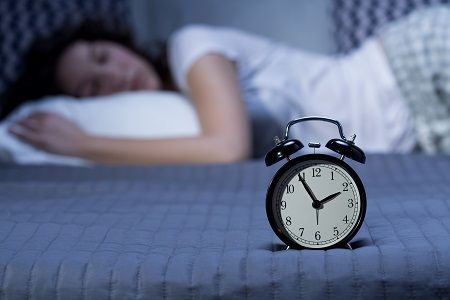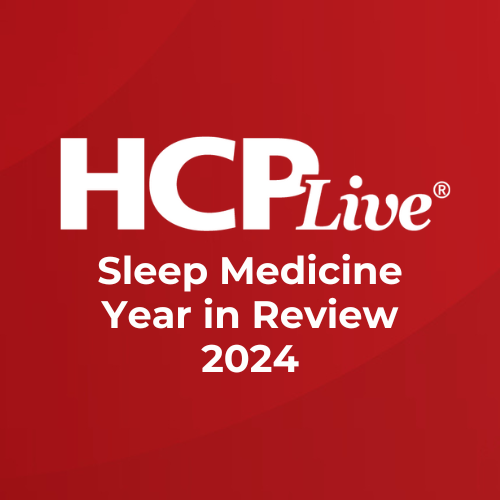Article
Narcolepsy Associated With Increased Risk of Bone Fractures
Author(s):
The use of stimulants can result in a decrease in bone fracture risk for narcolepsy patients.

Narcolepsy symptoms, including excessive daytime sleepiness or cataplexy, pose a major threat to an individual’s safety by increasing the risk of bone fractures.
A team, led by En-Ting Chang, Department of Chest Medicine, Hualien Tzu Chi Hospital, investigated the risk of bone fractures in narcolepsy patients and whether the exposure pattern of stimulants and antidepressants adds to the risk of bone fractures.
In the population-based cohort study, the investigators examined 493 narcolepsy patients and 490 control participants matched by gender, age, index year, and comorbidity severity between 1998-2012 that were followed until the end of 2013 using Taiwan’s National Health Insurance Research Database.
During the follow-up period, each individual who developed bone fractures were identified.
The investigators used Cox regression for the incidence rates of bone fractures between narcolepsy patients and unaffected controls.
Overall, narcolepsy patients were linked to an increased risk of bone fractures compared to unaffected controls (19.6 versus 12.3 per 1000 person-years; HR, 1.74; 95% CI, 1.29—2.35).
The use of stimulants in narcolepsy patients could ultimately decrease the incidence rates of bone fractures compared to non-users (incidence rates were 14.2, 11.9, and 20.0 per 1000 person-years, respectively, among frequent users, infrequent users, and non-users).
However, the risk estimate was not statistically significant and the evidence for links between antidepressant use in narcolepsy patients and bone fractures was contradictory.
Last year, the US Food and Drug Administration (FDA) approved solriamfetol (Sunosi), the first dual-acting dopamine and norepinephrine reuptake inhibitor (DNRI) approved to treat excessive daytime sleepiness in adults with narcolepsy or obstructive sleep apnea (OSA).
The once-daily drug from Jazz Pharmaceuticals is approved with doses of 75 mg and 150 mg for patients with narcolepsy.
The approval of solriamfetol is based on data from the Treatment of Obstructive sleep apnea and Narcolepsy Excessive Sleepiness (Tones) phase 3 clinical program, which included 4 randomized placebo-controlled studies that demonstrated the superiority of the drug relative to placebo.
In the 12-week clinical studies, approximately 68-74% of patients taking a 75 mg dose of solriamfetol and 78-90% of patients taking the 150 mg dose reported improvement in their overall condition, as assessed by the Patient Global Impression of Change scale.
Additionally, at week 12, narcolepsy patients taking 150 mg and all OSA patients on the therapy demonstrated improvements in wakefulness compared to placebo as assessed in test session 1 (approximately one-hour post-dose) through 5 (approximately 9 hours post-dose) of the maintenance of wakefulness test.
While stimulants or antidepressants have been used in the past to treat narcolepsy symptoms, the new study seeks to confirm the use of stimulants as beneficial for this patient population.
“This study highlights the need to pay attention to the risk of bone fractures in narcolepsy patients, and the importance of adequate stimulants use might reduce the risk of bone fractures,” the authors wrote.
The study, “Risk of bone fractures in patients with narcolepsy: a nationwide population-based cohort study,” was published online in Sleep Medicine.





